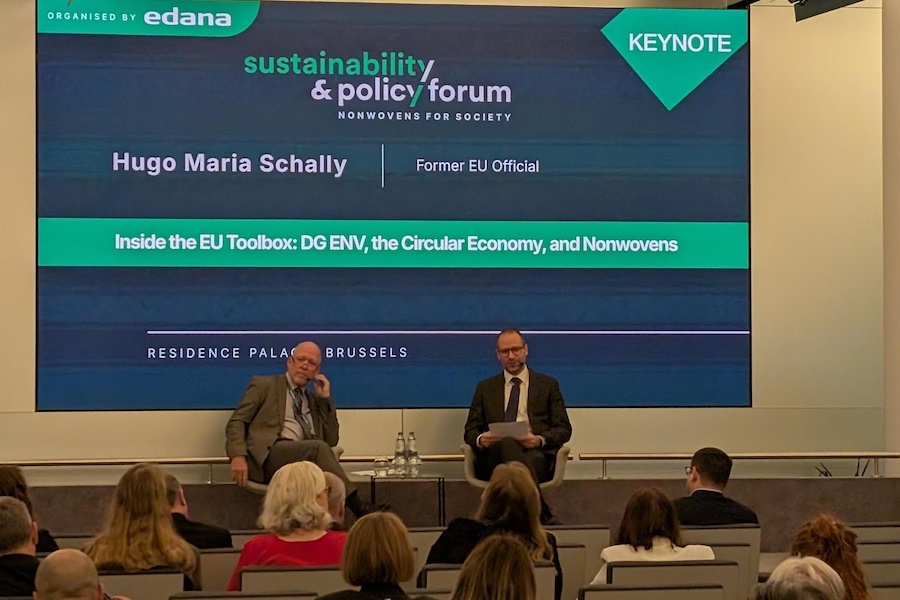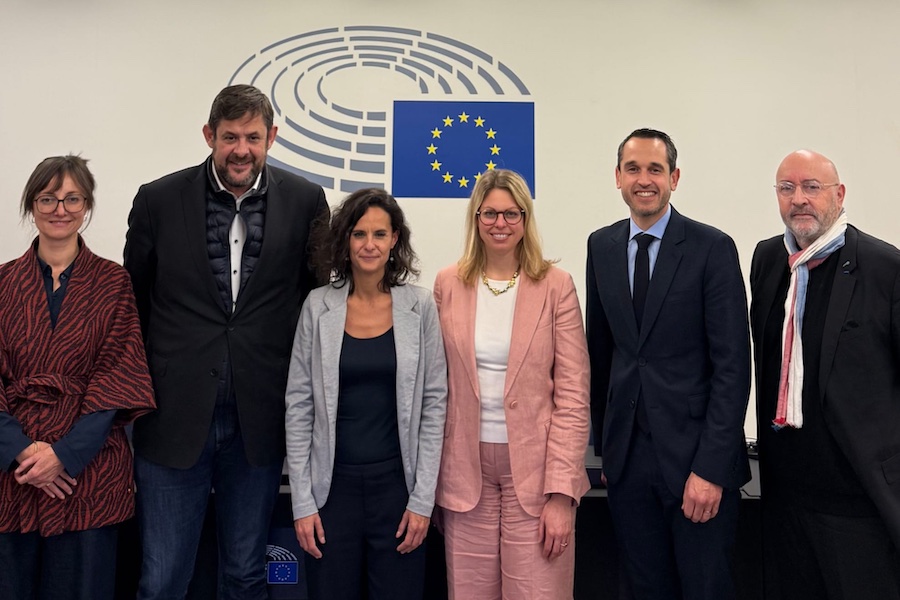#Europe
The Commission proposes the next generation of EU own resources
At cruising speed, in the years 2026-2030, these new sources of revenue are expected to generate on average a total of up to €17 billion annually for the EU budget.
The new own resources proposed today will help to repay the funds raised by the EU to finance the grant component of NextGenerationEU. The new own resources should also finance the Social Climate Fund. The latter is an essential element of the proposed new Emissions Trading System covering buildings and road transport, and will contribute to ensuring that the transition to a decarbonised economy will leave no one behind.
Johannes Hahn, Commissioner in charge of Budget and Administration, said: “With today's package, we lay the foundations for the repayment of NextGenerationEU and provide essential support to the Fit for 55 package by putting in place the financing of the Social Climate Fund. With the set of new own resources, we, therefore, ensure that the next generation will truly benefit from NextGenerationEU.”
Today's proposal builds on the Commission's commitment undertaken as part of the political agreement on the 2021-2027 long-term budget and the NextGenerationEU recovery instrument. Once adopted, this package will strengthen the reform of the revenue system started in 2020 with the inclusion of the non-recycled plastic waste-based own resources.
EU emissions trading
The Fit for 55 package of July 2021 aims to reduce net greenhouse gas emissions in the EU by at least 55% by 2030, compared to 1990, to stay on track to reach climate neutrality by 2050. This package includes a revision of the EU Emissions Trading System. In future, emissions trading will also apply to the maritime sector, auctioning of aviation allowances will increase, and a new system for buildings and road transport will be established.
Under the current EU Emissions Trading System, most revenues from the auctioning of emission allowances are transferred to national budgets. Today, the Commission proposes that in future, 25% of the revenue from EU emissions trading flows into the EU budget. At cruising speed, revenues for the EU budget are estimated at around €12 billion per year on average over 2026-2030 (€9 billion on average between 2023-2030).
In addition to the repayment of NextGenerationEU funds, these new revenues would finance the Social Climate Fund, put forward by the Commission in July 2021. This Fund will ensure a socially fair transition and support vulnerable households, transport users and micro-enterprises to finance investments in energy efficiency, new heating and cooling systems and cleaner mobility, as well as, when appropriate, temporary direct income support. The total financial envelope of the Fund in principle corresponds to an amount equivalent to around 25% of the expected revenue from the new emissions trading system for buildings and road transport.
Carbon border adjustment mechanism
The objective of the carbon border adjustment mechanism, which the Commission also proposed in July 2021, is to reduce the risk of carbon leakage by encouraging producers in non-EU countries to green their production processes. It will put a carbon price on imports, corresponding to what would have been paid, had the goods been produced in the EU. This mechanism will apply to a targeted selection of sectors and is fully consistent with WTO rules.
The Commission proposes to allocate to the EU budget 75% of the revenues generated by this carbon border adjustment mechanism. Revenues for the EU budget are estimated at around €1 billion per year on average over 2026-2030 (€0.5 billion on average between 2023-2030). CBAM is not expected to generate revenue in the transitional period from 2023 to 2025.
Reform of the international corporate taxation framework
On 8 October 2021, more than 130 countries that are members of the OECD/G20 Inclusive Framework on Base Erosion and Profit Shifting agreed on a reform of the international tax framework: a two-pillar solution to tackle tax avoidance and aims at ensuring that profits are taxed where economic activity and value creation occur. The signatory countries representing more than 90% of global GDP. Pillar One of this agreement will reallocate the right to tax a share of so-called residual profits from the world's largest multinational enterprises to participating countries worldwide. The Commission proposes an own resource equivalent to 15% of the share of the residual profits of in-scope companies that are reallocated to EU Member States.
The Commission has committed to propose a Directive in 2022, once the details of the OECD/G20 Inclusive Framework agreement on Pillar One are finalised, implementing the Pillar One agreement in line with the requirements of the Single Market. This process is complementary to the Pillar Two Directive for which the Commission adopted a separate proposal today. Pending the finalisation of the agreement, revenues for the EU budget could amount to roughly between €2.5 and €4 billion per year.
Legislative process
In order to incorporate these new own resources in the EU budget, the EU needs to amend two key pieces of legislation:
First, the Commission proposes to amend the Own Resources Decision to add the three proposed new resources to the existing ones.
Secondly, the Commission also puts forward a targeted amendment of the regulation on the current long-term EU budget 2021-2027, also known as the Multiannual Financial Framework (MFF Regulation). This amendment offers the legal possibility to start repaying the borrowing for NextGenerationEU already during the current MFF. At the same time, it proposes to increase the relevant MFF expenditure ceilings for the years 2025-2027 to accommodate the additional expenditure for the Social Climate Fund.
The Own Resources Decision needs to be approved unanimously in Council after consulting the European Parliament. The decision can enter into force once it is approved by all EU countries in line with their constitutional requirements. The MFF Regulation needs to be adopted unanimously by the Council after obtaining the consent of the European Parliament.
Next Steps
The European Commission will now work hand in hand with the European Parliament and the Council towards swift implementation of the package within the timelines set in the interinstitutional agreement.
Furthermore, the Commission will present a proposal for a second basket of new own resources by the end of 2023. This second package will build on the 'Business in Europe: Framework for Income Taxation (BEFIT)' proposal foreseen for 2023.
Background
As an answer to the unprecedented pandemic challenge, the European Union agreed in 2020 on a record stimulus package of more than €2 trillion – boosting the long-term budget with more than €800 billion firepower of the temporary recovery instrument NextGenerationEU (in current prices).
With NextGenerationEU, the Commission has been enabled to issue bonds on a large scale backed by the EU budget. That means the Union can incur debt supporting all Member States to fight the crisis and build resilience. To help repay the borrowing, the EU institutions agreed to introduce new own resources as this would allow more diversified and resilient types of revenue, directly related to our common political priorities. New own resources will avoid that NextGenerationEU repayments lead to undue cuts to EU programmes or excessive increases in Member States contributions.
In 2021, the Commission has raised €71 billion (in current prices) via long-term bonds and currently has €20 billion of short-term EU-Bills outstanding under a sovereign-style diversified funding strategy.

















